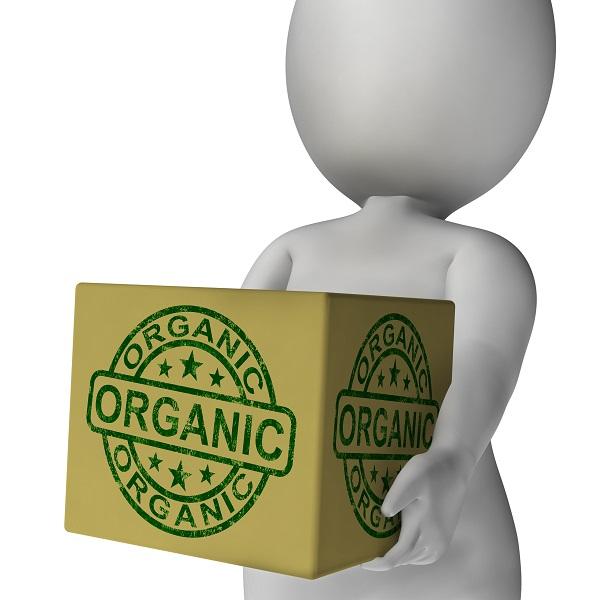
A review paper (1) recently found that organic crop yields are 19-25% lower than conventional systems.
However, in a recent visit to the University of Guelph, Carlo Leifert of Newcastle University noted that organic wheat yields at their Nafferton Farm were beyond the conventional wheat yields of the 1980s. He suggests that while organic yields may be lower at any given date, they also keep rising. If more science was applied to organic agriculture, scientists and famers could develop specific varieties and methods to enhance organic yields, as well as attendant ecological benefits.
Could organic food be a version of Aesop’s fable, in which the hare bounds ahead of the tortoise and then takes a snooze because he is so far ahead, allowing the persevering tortoise to win the race?
The cost of agricultural intensification over the last 40 years has been a 5 to7 fold increase in nitrogen, phosphorus and potassium use. The gain has been a 2 fold increase in global food production. (2) How will energy shortages, declining supplies of mined phosphorus and too much moisture or too little moisture, at the wrong time, affect crop yields?
The benefits of organic agriculture (in our version of Aesop, the yield tortoise) as cited in the first paper and elsewhere, are not yield but that organism abundance is higher (an indicator of greater biodiversity), soil organic carbon is higher (an indicator of soil health), water holding capacity and water infiltration rates are higher (beneficial in times of excess rainfall as well as deficient rainfall), soil erosion is lower, energy use is lower (due to the non-use of nitrogen fertilizer which requires high energy inputs when manufactured), limited phosphorus from mines is lower, some find pesticide residues in food are lower and, some claim, antioxidant levels in food are higher.
Yields are how we feed people for low cost but when farmers talk turkey with bankers, it is all about profit. At Washington State University, a 2015 paper showed that profits are 22 to 35% higher on organic farms. That means even with lower yields, premiums of 5 to 7% were sufficient to match profits on non-organic farms.
Organic organizations choose to forgo the use of synthetic fertilizers and pesticides and genetically modified organisms (GMOs), and thus accept slower yield gains, because of the precautionary principle. The International Federation of Organic Agriculture Movements in the principle of care, states that “organic agriculture should be managed in a precautionary and responsible manner to protect the health and well-being of current and future generations and the environment.” America no longer has a food suffiency problem but worldwide organic agriculture is not yet viable. To feed 9 billion people, no science body claims the organic process can do it. China, which only recently had enough wealth that people could afford to eat meat, has already said they will cut the 63 kilograms of meat per person they consume by 50%.
The Western world has plenty of food but food aid doesn't get to the 20 million people at risk of famine in Somalia, Yemen, northeast Nigeria and South Sudan. If food were more of a commodity, warlords would not steal it. Improving low-input food production in those countries, where inputs are already limited, may be effective long term strategies.
Today it is estimated that Canadians waste 40% of food along the entire value chain. Let us suppose that agriculture had evolved differently and that we produced organic food with yields about 25% lower than they are today. Let’s also imagine wasted food was reduced to 15%. In a society of only 15% wasted food, we would not aspire to produce 25% more food so that we could waste 40%.
Conventional yields have been higher than organic yields for decades and the hare-tortoise race outcome seems inevitable. However, we still don’t know. To paraphrase the late Stuart McLean of CBC radio, “in the organic sector, we may not be fast, but we’re slow.”
References:
- http://advances.sciencemag.org/content/3/3/e1602638
- https://doi.org/10.1093/jxb/erm097
- http://www.pnas.org/content/112/24/7611
This article appeared in the Fall 2017 print edition of Priorities magazine. Get it here.



